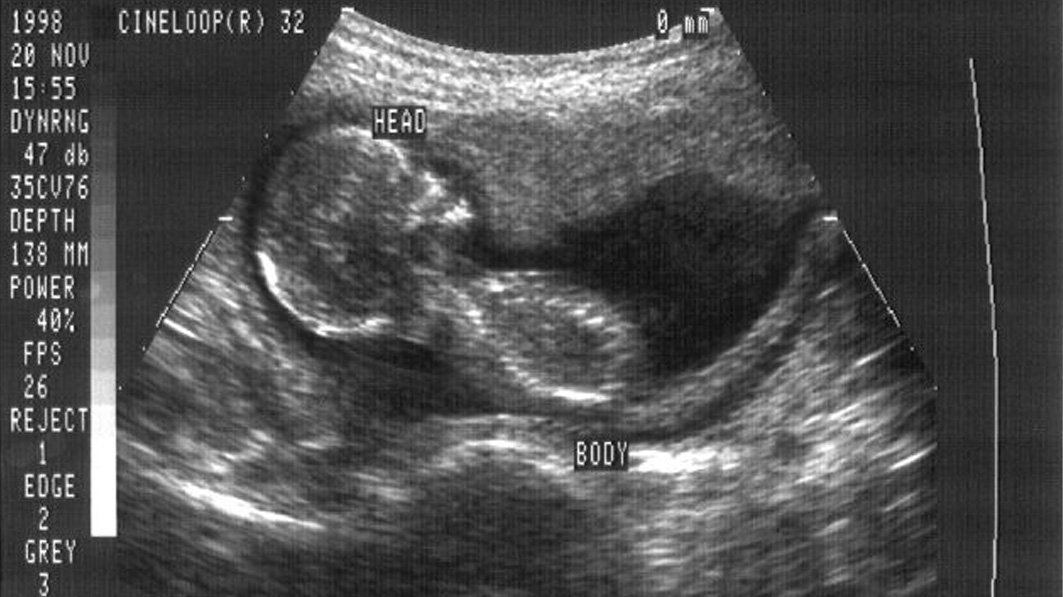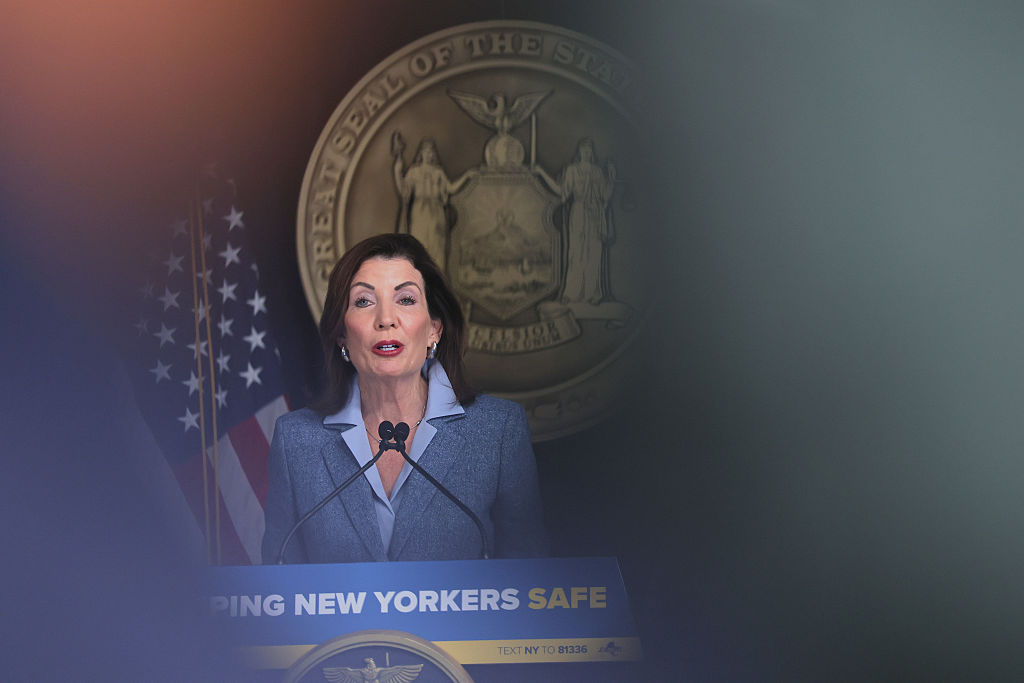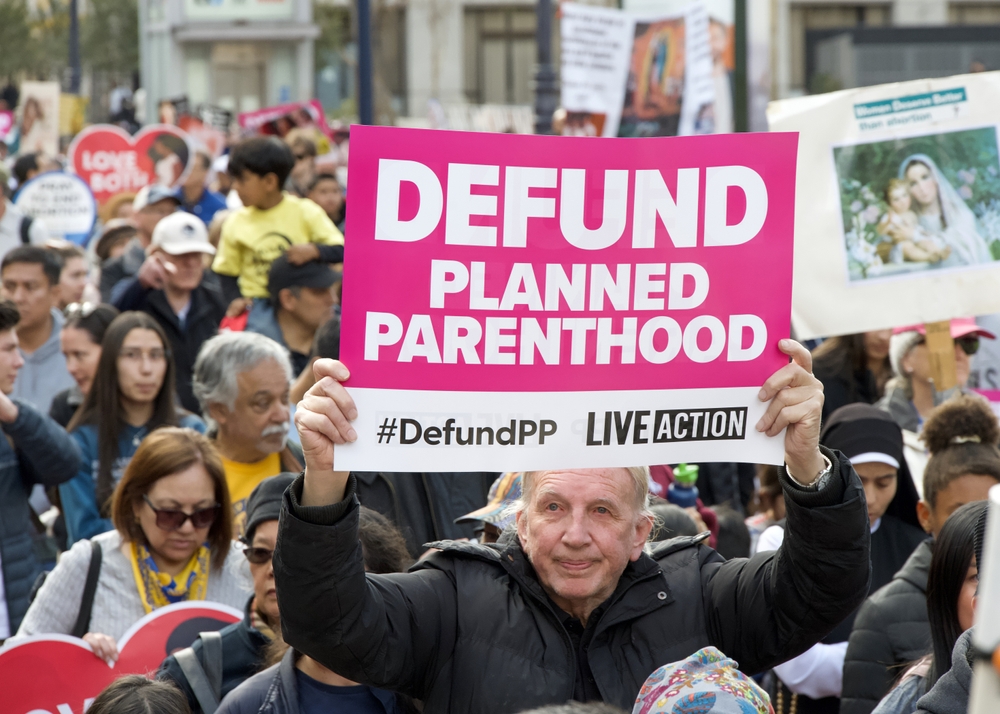Proof that Indiana’s Ultrasound Law is an Effective Way to Save Unborn Lives

States do not have to sit on the sidelines while abortionists ply their trade by lying to women that the baby they are carrying is “only a blob of tissue.” Such dishonesty has succeeded for far too long, resulting in the deaths of tens of millions of tiny humans in the womb.
The tide is turning, however, in the battle to save preborn babies from the hands of the abortionist. Ultrasounds—especially of the recent 3D and 4D variety—clearly depict faces, fingers and toes and body movement that powerfully expose the abortion industry’s deceit for what it is. And mothers who view an ultrasound instinctively grasp the humanity of their preborn baby.
Science—supposedly a friend of liberal policies—has turned the abortion debate on its head.
That’s why more and more states are passing ultrasound laws that provide an abortion-minded woman with the opportunity to view an image of her baby in the womb. Indiana is one of those, which in 2016 passed an addition to its “informed consent” statute that requires an abortionist to provide an ultrasound to a client at least 18 hours before performing an abortion. The 18-hour period of time is intended to give the pregnant woman time to consider and reflect upon all of the “informed consent” information she has been provided, including the opportunity to view the ultrasound of her baby.
Planned Parenthood immediately challenged the Indiana law, even before its effects on the availability of abortion could be determined. A federal district court halted enforcement of the new law while the case continues, and the U.S. Court of Appeals for the Seventh Circuit upheld that decision.
In its ruling, the appeals court cited the district court’s conclusion that only a small pool of abortion-minded women would choose to view the ultrasound and an even smaller pool of women would then choose not to go ahead with the abortion. This “minimal putative effect,” the Seventh Circuit noted, makes the 18-hour waiting period post-ultrasound, no matter how slight, an “undue burden” under the Planned Parenthood v. Casey standard. Remarkably, the Seventh Circuit agreed with the district court that there was an “almost complete lack of evidence that the law furthers the State’s asserted justifications of promoting fetal life and women’s mental health outcomes.”
Indiana has petitioned the U.S. Supreme Court to overturn the Seventh Circuit decision.
In support of Indiana’s petition, Alliance Defending Freedom and Focus on the Family have teamed up to provide the Supreme Court with an amicus brief that details, contrary to what the district court and Seventh Circuit concluded, the considerable, life-affirming impact of ultrasounds on abortion-minded women.
Since 2004, Focus on the Family’s “Option Ultrasound” program has provided grants to pregnancy centers across the country. The grants help the centers acquire ultrasound machines and train those who are licensed to operate them. Pregnant women who are at risk for abortion visit such centers and are provided with information and counseling and encouragement to have an ultrasound before making a decision about the life of their child. In the case of Indiana, we’ve kept records and analyzed the data from pregnancy centers in that state.
The numbers will startle you.
Of 861 Indiana women who have received counseling and elected to undergo ultrasounds at pregnancy centers that have received “Option Ultrasound” grants, 839—or 97 percent—made a choice for life. Let me state that again: 97 percent of Indiana women at risk for abortion changed their minds after viewing an ultrasound of their baby. The brief also details the stories of numerous women from around the country where an ultrasound made the difference between life and death for their babies.
No one viewing this data or reading the stories contained in the brief can conclude anything other than Indiana has a valid and substantial reason, supported by evidence, that ultrasounds are effective in promoting the state’s public policy of encouraging women to choose life.
Hopefully, that will include a majority of Supreme Court justices as well.
This article originally appeared on Alliance Defending Freedom.
ABOUT THE AUTHOR

Bruce Hausknecht, J.D., is an attorney who serves as Focus on the Family’s judicial analyst. He is responsible for research and analysis of legal and judicial issues related to Christians and the institution of the family, including First Amendment freedom of religion and free speech issues, judicial activism, marriage, homosexuality and pro-life matters. He also tracks legislation and laws affecting these issues. Prior to joining Focus in 2004, Hausknecht practiced law for 17 years in construction litigation and as an associate general counsel for a large ministry in Virginia. He was also an associate pastor at a church in Colorado Springs for seven years, primarily in worship music ministry. Hausknecht has provided legal analysis and commentary for top media outlets including CNN, ABC News, NBC News, CBS Radio, The New York Times, the Chicago Tribune, The Washington Post, The Washington Times, the Associated Press, the Los Angeles Times, The Wall Street Journal, the Boston Globe and BBC radio. He’s also a regular contributor to The Daily Citizen. He earned a bachelor’s degree in history from the University of Illinois and his J.D. from Northwestern University School of Law. Hausknecht has been married since 1981 and has three adult children, as well as three adorable grandkids. In his free time, Hausknecht loves getting creative with his camera and capturing stunning photographs of his adopted state of Colorado.
Related Posts

Correcting the White House: God Became Man at Conception, Not Birth
December 10, 2025

The Telephone Used to Save Lives. Now It Takes Them.
December 9, 2025


